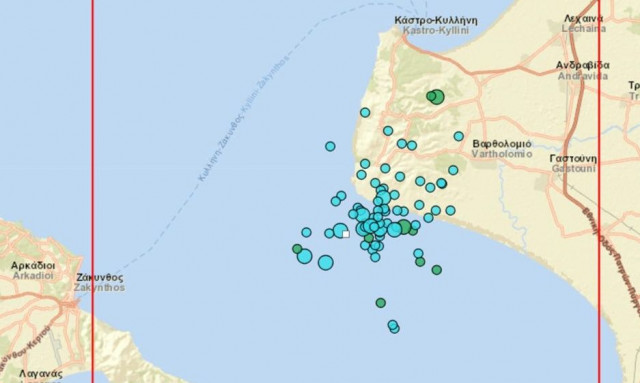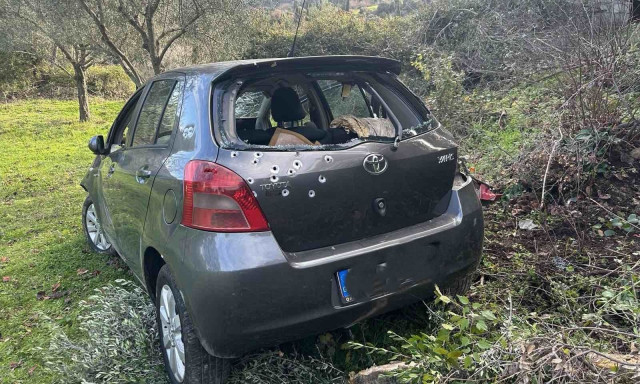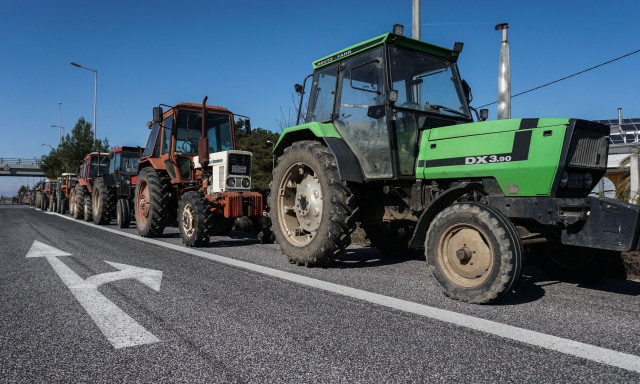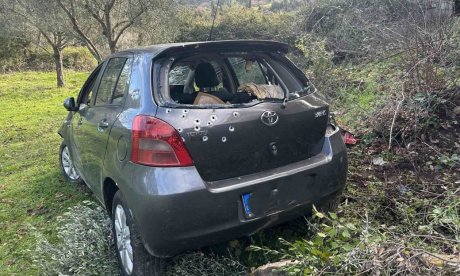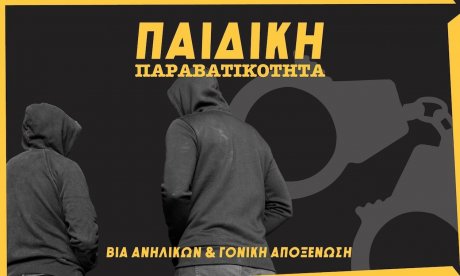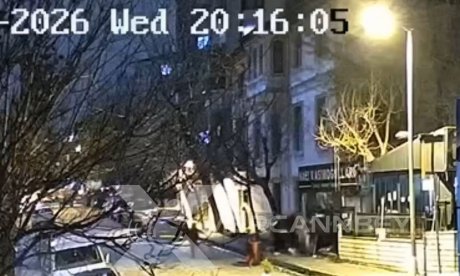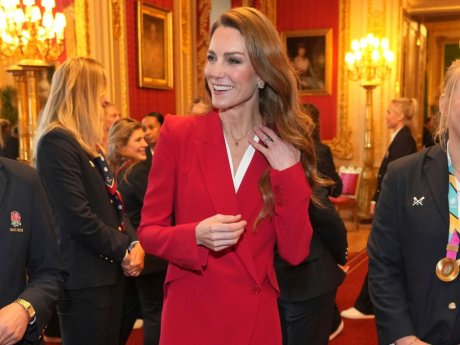Amphipolis: "The caryatids guarding the mother of Alexander"
Culminates anxiety about who is buried in the tomb of Casta hill in Amphipolis, after the new findings revealed by the excavations.

The funerary monument of Amphipolis monopolize several weeks the interest of historians around the world, who are trying to solve the riddle of the tomb based on the findings that come to light every day.
The caryatids which were discovered in Saturday by the head of the excavation Katerina Peristeri, have caused global admiration but also have sparked new scenarios around the dead on the tomb.

"Amphipolis may be the tomb of Olympiad"
The renowned British Egyptologist Andrew Chang, says that the findings of Amphipolis "show" that the tomb might belong to the mother or the wife of Alexander the Great.
The historian and Egyptologist Andrew Chang, author of "Seeking the tomb of Alexander the Great," said in the Discovery Channel that Amphipolis rosettes are like those that decorate the gold coffin found in the tomb of Philip II.
"It seems that the rosette is a trademark of the holder" said Chang in Discovery News, who believes that it is likely Olympiad, the mother of Alexander, to be located in this spectacular tomb.
The historical records show that the queens, who died in Amphipolis in the late 4th century BC, were Olympiad and Roxanne, (the wife of Alexander the Great). According to the Egyptologist, the most likely is that is the tomb of Olympiad but he does not exclude that both women might be buried here.
The broken face of a Caryatid shows possible desecration?
On the side of the Ministry of Culture, however, the secretary general Lina Mendoni, expressed her confidence that the absence of the face of one Caryatid is due to aging of materials rather than looting from tomb robbers looters.
The general secretary of the Ministry of Culture, speaking on the morning show of Mega, described the discovery of two Caryatids, which have impressed the international community and archaeologists, as an extra feature on the importance of the funerary monument of Amphipolis.
Regarding the absence of the face in one Caryatid, Mrs. Mendoni said that probably is due to aging of materials and the falling stones from above.
The scenario of theft
The archaeologist Petros Themelis speaking on Sunday to Nerit's news bulletin, said that the Caryatids is an element that has been beyond the Erechtheion and Delphi. He also said that about the cut arms, it is most likely that someone entered the tomb in order to remove the leaden stick which was used to support the arms to the bodies of the Caryatids.

What is the significance of the Caryatids on the Greek culture?
What do we know about this type of sculpture with famous representatives of the six daughters that supported the roof of the south porch of the Erechtheion, from which today five are "reborn" with the help of modern technology in the Acropolis Museum and the sixth, which was violently removed by Elgin in 1801, is in the British Museum? According to the prevailing opinion, the Caryatids are identical with the girls from Karyes of Lakonia who danced with baskets on their head in rituals in honor of Caryatid Artemis. The female figures were used in ancient architecture mainly in Ionic columns, while the male equivalent had the form of Atlas.
The Caryatids of the Erechtheion reflect the sculpture of "elaborate style" of the last quarter of the 4th century B.C. In the book "Akropolis through its Museum," professor Panos Valavanis notes that "the architectural role of the daughter is served by their stance (axial skeleton), their heavy clothing (vertical external aspects of the veil as streaks of columns), the complicated and voluminous hairstyle (for strengthening the support of the head), and a kind of basket on the head". He also says that the six statues were projects of different sculptures who copied a pattern, possible a work of Phidias's students or even of Callimachus, while he is not excluding that each daughter had clothing of different colors. One of the most convincing explanations for their symbolic nature is that they are Libation Bearers, who were attributing values to the ancient king of Cecrops city, whose tomb was located just below the south porch of the Erechtheion.
Precursors of the Caryatids of the Erechtheion, considered the Daughters that adorned the Treasure Siphnian, which is dated shortly before 525 B.C. and is one of the most impressive monuments in the sanctuary of Delphi. Instead of columns, two daughters supported the entablature of the building (the statues are exhibited in the Museum of Delphi), while one retains much of the trunk and head, with a basket decorated with embossed Dionysian scene with maenads and Silenus. Their clothes must have been colored (red, blue, green, ocher and gold color) for more sensationalism.
Two other Caryatids, of the first century B.C., adorned and supported the small entrance of the Sanctuary of Demeter at Eleusis. Vast in size, one is a central exhibit in the museum of Eleusis, while the second is in the Fitzwilliam Museum in Cambridge. The "Cistophoric Daughter," as it is known the Caryatid in the Greek museum, bears in her head a Keystone, a cylindrical container that was used for storing food, which the Cistophoric hold in the mystery cults, such as those of Eleusis. The Caryatid which is located in Cambridge museum, carries the same decorative pattern with the emigrant sister, while her story is quite common with the story of the Caryatid grabbed by Elgin: It was done about the same period with the sack of the Acropolis from Edward Clark, Cambridge doctorate, specialist in mineralogy, who achieved the transfer of the giant marble Cistophoric Caryatid from Eleusis in England.

First time we find Caryatids in Macedonia
The professor of classical archeology of AUTH and close associate of Manolis Andronikos, Panagiotis Faklaris, characterized the marble Daughters as "earthshaking" mainly because it is the first time identified Caryatids in Macedonian tomb.
Speaking to SKAI TV, he said that "I waited for sculptures, but not for Caryatides. It is a decorative architectural element." He expressed the certainty that the absence of the face in one Caryatid, and the damage on the face of the second one, witness the efforts of grave robbers for desecration of the burial monument. "This was done absolutely by profane human hand" he noted, rejecting the possibility of physical damage.

